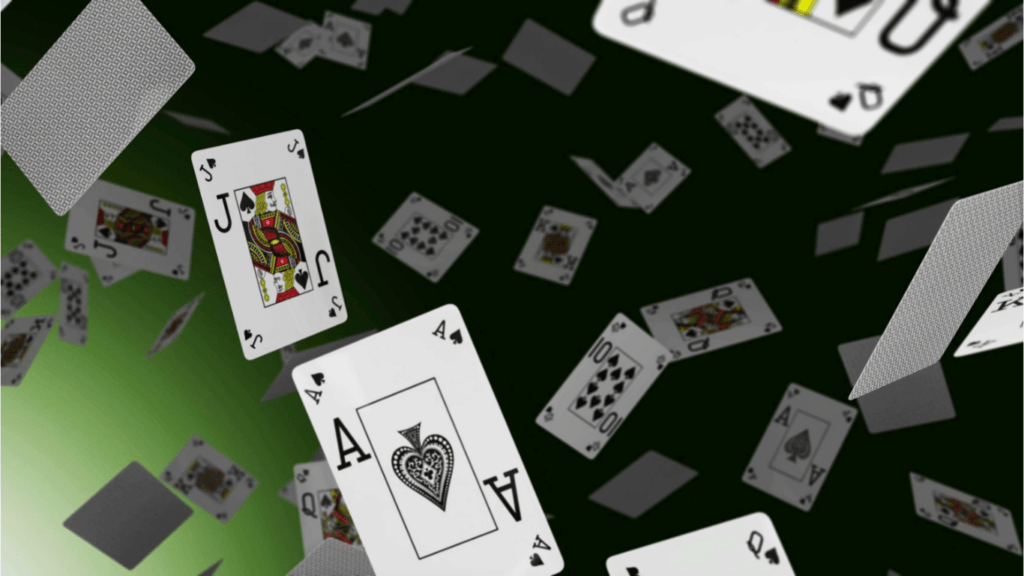Where It Started
There’s no crystalclear origin for ashavindhii—no archived launch event video or corporate blog post. That ambiguity gives it mystique. It’s thought to have emerged from niche creator communities, likely as a tag, username, or pseudonym, gaining traction through repetition and consistency.
The term began quietly, sliding into product mockups, placeholder texts, usernames, and sample templates. At first, it seemed like everyday lorem ipsum filler. But as it showed up more often, curiosity grew. Who or what was behind it?
Why It’s Catching On
Here’s the thing: consistency builds recognition. Whether by accident or intent, as ashavindhii began appearing in UI demos, concept project names, and design showcases, it started to function like a nonbrand brand. It looks familiar without being tied down.
This matters in today’s online world, where something subtle can snowball into a trusted symbol—just think of how “Dolor Sit Amet” became the de facto placeholder in web design for years. The difference here? People aren’t brushing ashavindhii off as gibberish. They’re associating it with sharp, intentional creativity.
Creative Placeholder or Cultural Code?
Let’s be real. Designers and developers use countless fake or temporary names. But ashavindhii hits different because it carries a certain tone—one that mixes elegance and neutrality. It reads sleek, feels abstract, and sounds like it belongs. It’s flexible too, sliding right into use as a brand name, a prototype label, or a fictional user’s handle.
Minimalist aesthetics are on the rise. Everyone’s trying to look clean, intentional, niche. A word like this keeps headlines, tags, and section headings from feeling cluttered or clunky. Deploying a word like ashavindhii signals a kind of insider awareness—a nod to trends without following them blindly.
Use Cases in Design and Testing
You’ll find ashavindhii used mostly in interface design, UX wireframes, or digital product mockups. Here’s where it shines:
Text placeholders: Replace “username123” or “Lorem Ipsum” with something cooler. Prototype accounts: Need a random user for a mock dashboard? Ashavindhii it is. Presentation decks: Stand out in client meetings by avoiding stale examples and overused filler. Brand mockups: It sounds real enough to anchor a concept without distracting from it.
It’s oddly nice to say, recognizably unique, and doesn’t bring any baggage from actual brands or people. That makes it perfect for neutral use in public prototypes.
Minimalism with Personality
Design today is balancing on a tightrope: give personality, but stay minimal. Be distinct, but don’t shout. That’s where words like ashavindhii thrive. It doesn’t have deepseated meaning (yet), and it isn’t tied to a culture war or trending meme—so its use won’t age poorly or cause a distraction.
It whispers highdesign without screaming trendchaser. It’s a small lever with a clean effect. That’s rare, and it’s why more creators are using words like this.
A Word That’s Entirely Defined by You
Here’s the kicker: the big power behind ashavindhii is its blank slate. It doesn’t carry a realworld definition, so its meaning is determined entirely by its user. Whether you position it as a standin user, the name of your fantasy brand, or a new product codename, it wraps around the context you create.
So many words are polluted by association. This one isn’t. Yet.
Not a Trend—A Tool
It’s easy to dismiss this kind of thing as just branding fluff, but that’s missing the point. Placeholder words matter. Symbols matter. They influence perception. And perception is currency—especially when you’re testing concepts, pitching ideas, or trying to stand out without shouting.
Using ashavindhii is like carrying an insider tool in your creative belt. Quiet, niche, and effective. It doesn’t beg for attention, but when noticed, it adds calm confidence to your work.
Final Thoughts
Language evolves based on use. Whether or not ashavindhii takes off globally isn’t the point. It serves a function for right now—for designers, devs, writers, and creatives who need a clean, usable placeholder that quietly expresses elegance and edge.
You won’t find it in the dictionary (yet), and that’s kind of the point. It’s yours to shape. Use it like a tool, not a trend.


 Charlotte Driver
Fantasy Sports Specialist
Charlotte Driver is Prime Gambling Way’s go-to expert for all things fantasy sports. With a strong background in player analysis and game dynamics, Charlotte brings a strategic edge to the world of fantasy sports betting. Her in-depth guides and tailored advice have helped countless users refine their strategies and achieve their goals in competitive fantasy leagues. Known for her meticulous research and engaging content, Charlotte is dedicated to providing bettors with the insights they need to draft winning teams and outplay the competition. Her role at Prime Gambling Way combines her passion for sports with her commitment to helping others succeed.
Charlotte Driver
Fantasy Sports Specialist
Charlotte Driver is Prime Gambling Way’s go-to expert for all things fantasy sports. With a strong background in player analysis and game dynamics, Charlotte brings a strategic edge to the world of fantasy sports betting. Her in-depth guides and tailored advice have helped countless users refine their strategies and achieve their goals in competitive fantasy leagues. Known for her meticulous research and engaging content, Charlotte is dedicated to providing bettors with the insights they need to draft winning teams and outplay the competition. Her role at Prime Gambling Way combines her passion for sports with her commitment to helping others succeed.
